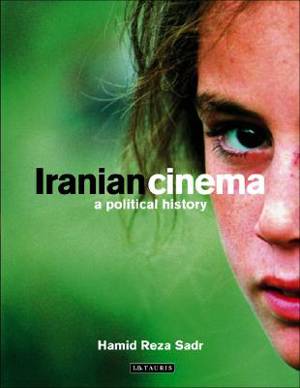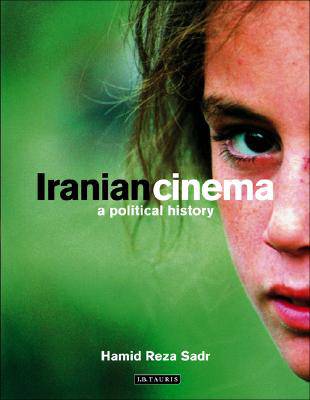
- Afhalen na 1 uur in een winkel met voorraad
- Gratis thuislevering in België vanaf € 30
- Ruim aanbod met 7 miljoen producten
- Afhalen na 1 uur in een winkel met voorraad
- Gratis thuislevering in België vanaf € 30
- Ruim aanbod met 7 miljoen producten
Zoeken
Omschrijving
Recent, post-revolutionary Iranian cinema has of course gained the attention of international audiences who have been struck by its powerful, poetic and often explicitly political explorations. Yet mainstream, pre-revolutionary Iranian cinema, with a history stretching back to the early twentieth century, has been perceived in the main as lacking in artistic merit and, crucially, as apolitical in content. This highly readable history of Iran as revealed through the full breadth of its cinema re-reads the films themselves to tell the full story of shifting political, economic and social situations. Sadr argues that embedded within even the seemingly least noteworthy of mainstream Iranian films, we find themes and characterisations which reveal the political contexts of their time and which express the ideological underpinnings of a society. Beginning with the introduction of cinema to Iran through the Iranian monarchy, the book covers the broad spectrum of Iran's cinema, offering vivid descriptions of all key films.
"Iranian Cinema" looks at recurring themes and tropes, such as the rural versus the 'corrupt' city and, recently, the preponderance of images of childhood, and asks what these have revealed about Iranian society. The author brings the story up to date explaining Iranian filmmaking after the events of September 11, from Mohsen Makhmalbaf's astonishing Kandahar to Saddiq Barmak's angry work Osama, to explore this most recent and breathtaking revival in Iranian cinema.
"Iranian Cinema" looks at recurring themes and tropes, such as the rural versus the 'corrupt' city and, recently, the preponderance of images of childhood, and asks what these have revealed about Iranian society. The author brings the story up to date explaining Iranian filmmaking after the events of September 11, from Mohsen Makhmalbaf's astonishing Kandahar to Saddiq Barmak's angry work Osama, to explore this most recent and breathtaking revival in Iranian cinema.
Specificaties
Betrokkenen
- Auteur(s):
- Uitgeverij:
Inhoud
- Aantal bladzijden:
- 320
- Taal:
- Engels
- Reeks:
Eigenschappen
- Productcode (EAN):
- 9781845111472
- Verschijningsdatum:
- 29/09/2006
- Uitvoering:
- Paperback
- Formaat:
- Trade paperback (VS)
- Afmetingen:
- 170 mm x 218 mm
- Gewicht:
- 498 g

Alleen bij Standaard Boekhandel
+ 118 punten op je klantenkaart van Standaard Boekhandel
Beoordelingen
We publiceren alleen reviews die voldoen aan de voorwaarden voor reviews. Bekijk onze voorwaarden voor reviews.











